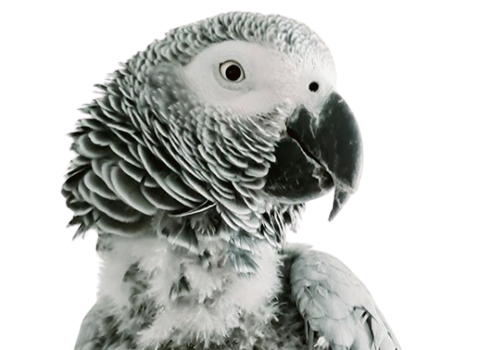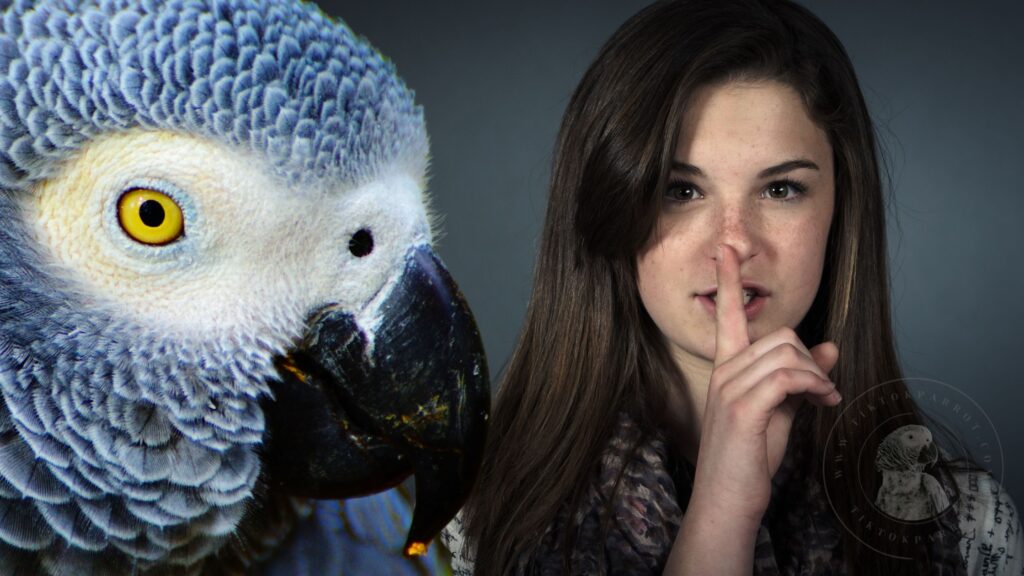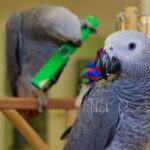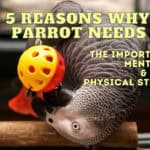Welcome, parrot lovers and feathered friends, to TiktokParrot.com – your go-to destination for all things avian!
Whether you’re a seasoned parrot enthusiast or just dipping your toes into the colorful world of parrot ownership, you’ve landed in the perfect nest. Here at TiktokParrot.com, we’re dedicated to celebrating the beauty, intelligence, and charm of our feathered companions.
From expert care tips to heartwarming stories and everything in between, our goal is to provide a welcoming space where parrot lovers from around the globe can come together to share knowledge, experiences, and, of course, plenty of squawks and chirps. So sit back, relax, and let’s soar into today’s topic: Where not to touch a parrot?
Discover where not to touch your parrot! Learn sensitive areas to respect their boundaries & strengthen your bond. Essential tips for parrot owners.
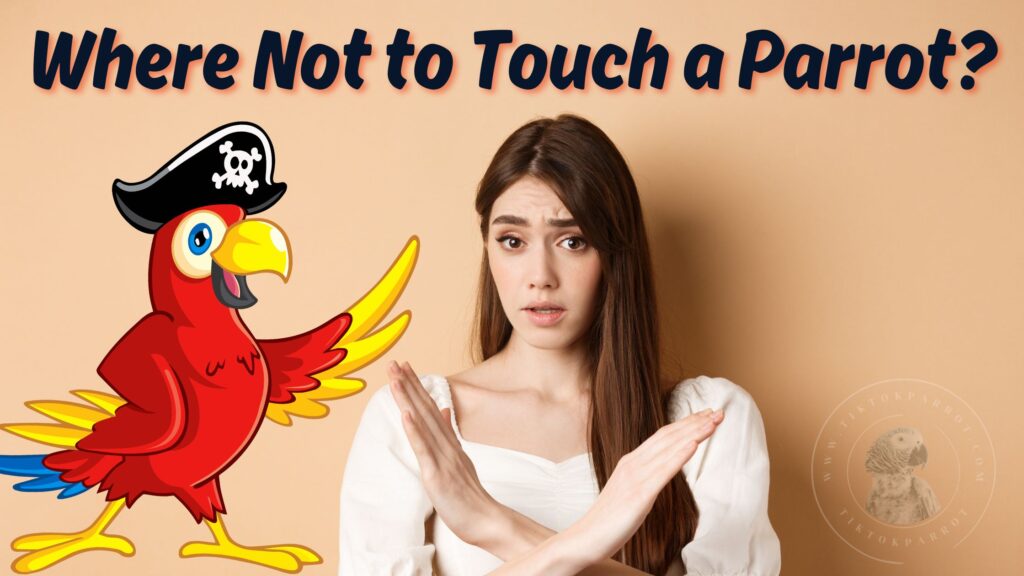
Where Not to Touch a Parrot?
If you’ve ever had the pleasure of sharing your life with a parrot, you know just how delightful and affectionate these feathered creatures can be. From their vibrant plumage to their playful antics, parrots have a way of capturing our hearts and bringing endless joy into our lives.
But when it comes to showing our love and affection for our feathered friends, it’s essential to be mindful of their boundaries and preferences, particularly when it comes to physical touch. In this comprehensive guide, we’ll explore the delicate areas on a parrot’s body where they may not appreciate being touched and discuss why it’s crucial to respect their boundaries to maintain a trusting and harmonious relationship.
Sensitive Areas on a Parrot’s Body:
- Wings: Parrots’ wings are not just for flying – they’re also essential for balance, agility, and communication. While some parrots may enjoy a gentle stroke along the back or base of the wings, many birds are sensitive about having their wings touched, especially if they have experienced trauma or discomfort in the past. Avoid grabbing or forcefully restraining a parrot’s wings, as this can cause stress and may even lead to injury.
- Tail: A parrot’s tail feathers are more than just a fashion statement – they play a crucial role in steering and stability during flight. Touching or pulling on a parrot’s tail feathers can be painful and distressing for the bird, as it disrupts their natural balance and can cause discomfort or injury. Instead, admire your parrot’s tail from a distance and focus on building trust through positive interactions.
- Feet and Toes: Parrots rely on their feet and toes for perching, climbing, and manipulating objects. While some parrots may enjoy gentle foot massages or scratches, others may be sensitive about having their feet touched, especially if they are not accustomed to handling or if they have experienced discomfort in the past. Pay attention to your parrot’s body language and respect their preferences when interacting with their feet and toes.
- Head and Face: Many parrots enjoy head scratches and gentle strokes around the cheeks and beak, but it’s crucial to approach this area with caution and sensitivity. Some parrots may be sensitive about having their faces touched, especially if they have had negative experiences or if they are feeling anxious or stressed. Always let your parrot initiate physical contact and be mindful of their comfort level.
Respecting Your Parrot’s Boundaries:
As responsible parrot owners, it’s our duty to prioritize the well-being and comfort of our feathered friends. By respecting their boundaries and understanding their preferences, we can build a trusting and mutually rewarding relationship with our parrots.
So the next time you’re interacting with your feathered companion, take a moment to consider where not to touch and focus on building trust through positive reinforcement and respect. After all, a happy and comfortable parrot is a healthy and thriving one!
If you found this blog helpful, It would be great if you could share it with your family and friends who might find it useful as well.
You might like to read these as well 🙂
African Grey Parrots have their own likes & dislikes! (in Family members)
African Grey Behavior: Understanding your Pets
Teaching Your African Grey Parrot to Talk
Things you need to know about an African Grey Parrot’s Cage
Tips for Buying an African Grey Parrot
Stages of Development of an African Grey Parrot
African Grey vs Amazon – A Comparison of Two Popular Pet Birds
Are African Grey Parrots Smarter Than Dogs?
For more useful content about African grey parrots, you can subscribe my site with your email to get notification upon publishing a new blog, the subscribe box you can see on the right side of this page. Also if you get an alert on your web browser while browsing my site, allow it and that will also give you an alert whenever I publish a new blog. 🙂
Stay safe and much love!

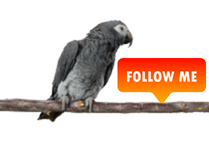
If you are interested in supporting me, kindly consider utilizing my affiliate link for your Amazon purchases. Your support would be greatly appreciate.
